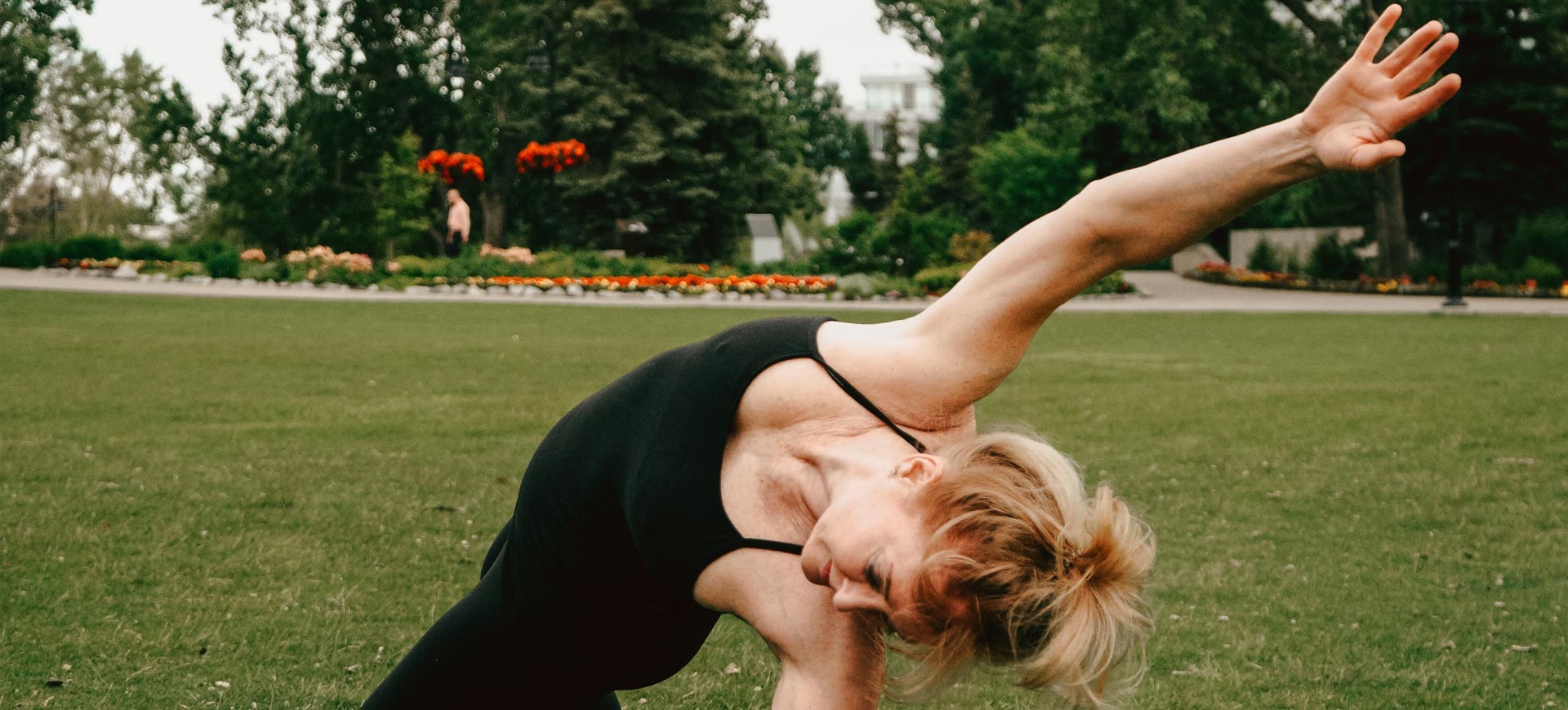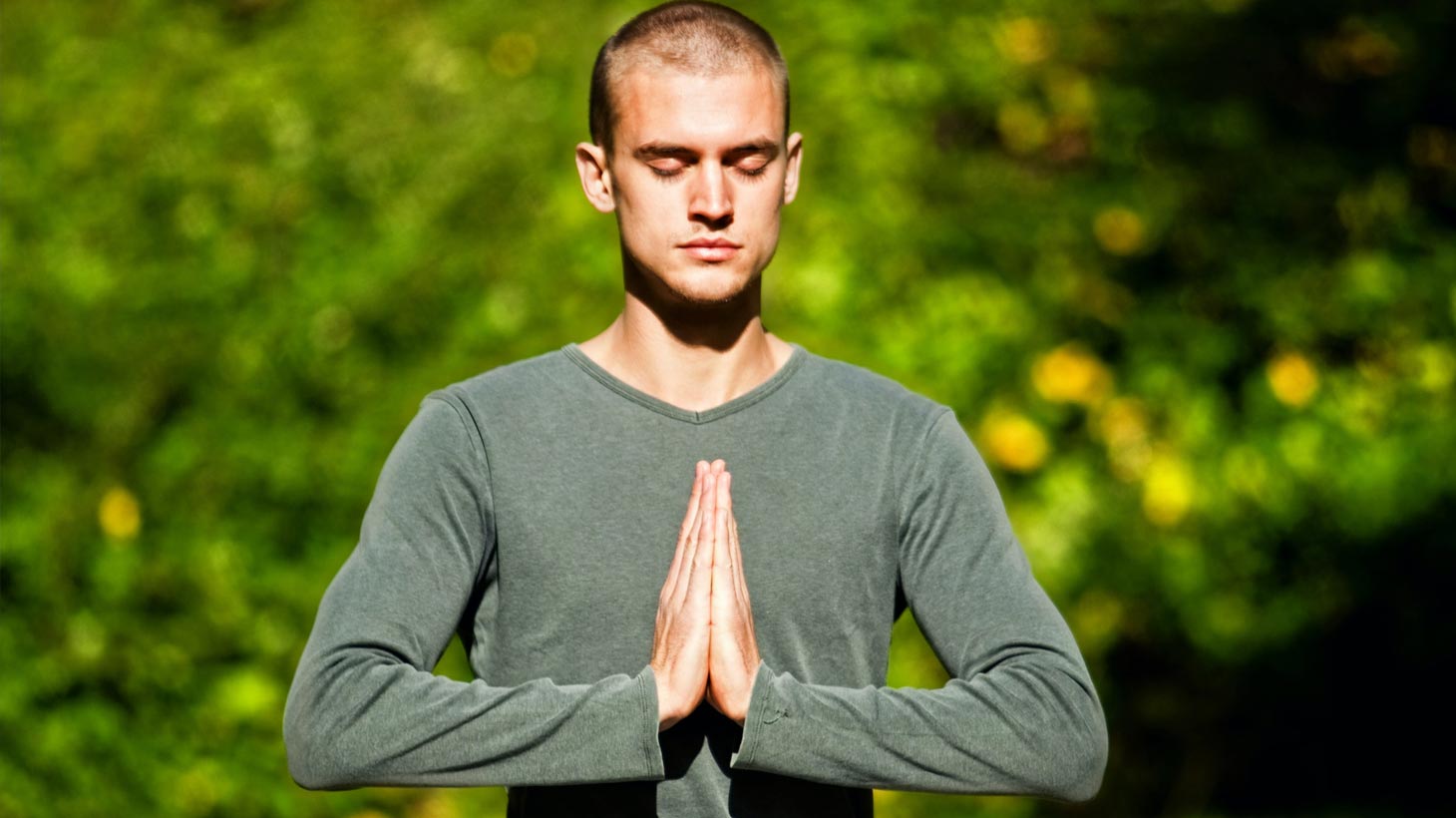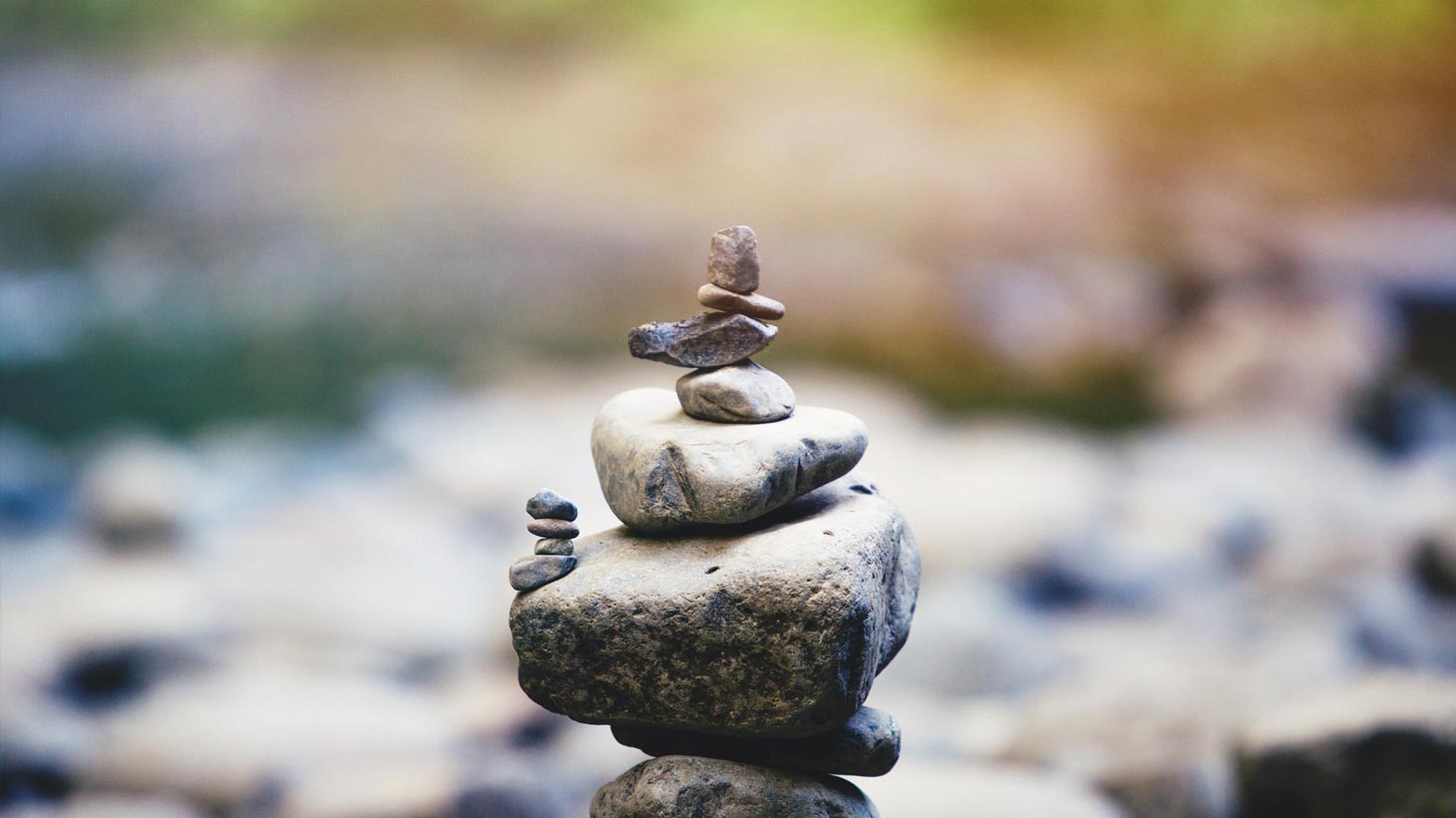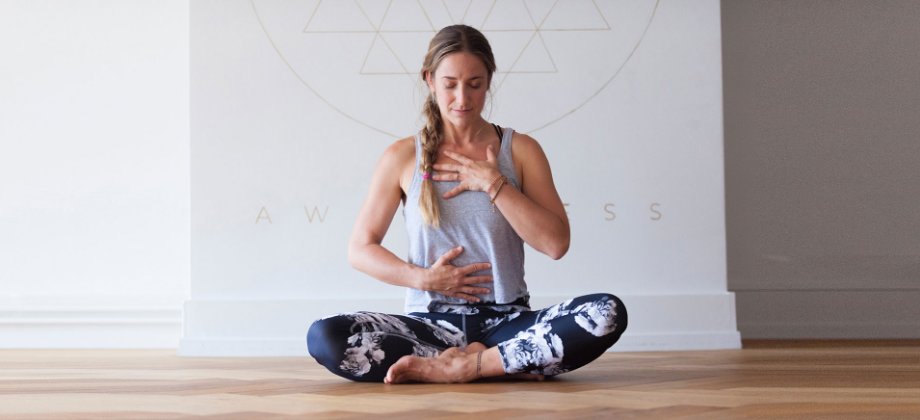
Balancing Teaching and Your Own Personal Yoga Practice
Think back to that blissful time during your yoga teacher training program. You spent a lot of time deep in your personal yoga practice. You then graduated and were over the moon when you got your first teaching gig. That weekly class turned into two, then three, and before you knew it, you had a full week of classes. Any free time you had was spent planning your classes and, for some of you, also continuing to work a full or part-time job. Before long, your personal yoga practice took a backseat.
By keeping a regular personal practice, you are taking care of your body and mind, reducing stress, and keeping burnout at bay.
Let’s face it: It can be very difficult to fit in a personal yoga practice when you’re a busy yoga teacher. After all, you’re not just a yoga teacher but an entrepreneur, a marketer, perhaps a spouse or a parent.
The deeper your own practice, the more you can offer—authentically—to others.
Contrary to popular belief, yoga teachers do not spend all their time practicing yoga.
Why is it important for Yoga teachers to keep up with a personal practice?
It deepens your connection with Yoga and yourself
Yes, you’ve taken 200 or 300+ hours of teacher training, but you will always be a lifelong student of yoga. None of us have reached such mastery that we don’t ever need to practice yoga again (not that you’d want to do that, but you get my point). Like any skill, profession, or craft, we must continue to practice and learn. That’s the only way to grow.
It’s a form of self-care
Yoga teachers can be extremely busy and may come close to burnout if they’re not careful. By keeping a regular personal practice, you are taking care of your body and mind, reducing stress, and keeping burnout at bay.
It helps to meet your needs
Being a yoga teacher means you have a deeper knowledge and foundation of yoga and its plethora of postures—use that knowledge to your advantage and tune your practice to meet your needs. Did you wake up feeling sluggish and tired? You can cater your practice to be more energizing and heat-building. Feeling groundless and scatter-brained? You can focus on more grounding postures that are lower to the mat.
It helps develop your authenticity as a teacher
Developing your own personal practice helps you grow as a teacher and allows for your authenticity to come through your teachings. The deeper your own practice, the more you can offer—authentically—to others.

So, how do you maintain your personal practice while keeping up with your Yoga classes?
Schedule it in your calendar and commit
This is where your self-discipline, or tapas, comes into play. No ifs, ands, or buts. By committing to your practice—whether that’s every day or the same time every week—you’ll be creating a habit that gets stronger with time.
Keep it simple
You don’t need to do a complex, 90-minute vinyasa flow every morning in order to reap the benefits. Don’t make it too complicated. Make your personal practice simple and make it work for you. Try doing 5-10 sun salutations after waking up or some slow, calming yin yoga right before bed to help you wind down for sleep. By keeping it simple, you are less likely to procrastinate and let your personal practice slide.
Allow for flexibility
You never know what life may throw at you, so it’s important to be flexible with your practice. Only have 10 minutes? Do a short meditation. Did one of your classes get cancelled? Use the hour to come home to yourself with a nourishing flow. When you allow for more flexibility, your practice will integrate more naturally into your everyday life.

Attend other teachers’ classes
A personal practice doesn’t mean it’s relegated to just practicing at home. Go to a teacher’s class whom you love; invite a friend over and practice together; check out online yoga classes—there are so many to choose from nowadays. By mixing things up and going to other classes, it can reinvigorate you and provide inspiration for your own teachings. Not to mention, you’re supporting a fellow teacher!
Set goals for yourself
If your personal practice has gotten a bit stale lately, setting a goal is a great way to get excited again. Mastering a challenging asana could be just the thing you need to kick things up a notch. Haven’t quite nailed that handstand yet? Want to master Astavakrasana, or Eight-Angle Pose? Take small steps and work in different strengthening postures that can help you reach your goal. Don’t let boredom get the better of your yoga practice. Having a goal to work toward will keep you motivated to come back to the mat. You’ll grow both physically and mentally.
Go inward
We all know that yoga is so much more than just the physical postures. Take this time to set an intention for yourself and go a bit deeper. Perhaps your personal practice focuses more on meditation and less on asana some days. Or, you set an intention to practice more patience in life. The practice of yoga runs deep within us—to the core of who we are. Perhaps it’s time to ask yourself: Why do you practice yoga in the first place? What values and principles can it teach you—not only while on the mat but off the mat as well?
A regular self-practice deepens your connection with yoga, with yourself, and strengthens your teaching of it.
It’s definitely challenging to keep up a personal practice, but it is doable and worth every second! A regular self-practice deepens your connection with yoga, with yourself, and strengthens your teaching of it. You’ll grow as an individual and as a teacher, and you’ll help your students grow as well.






